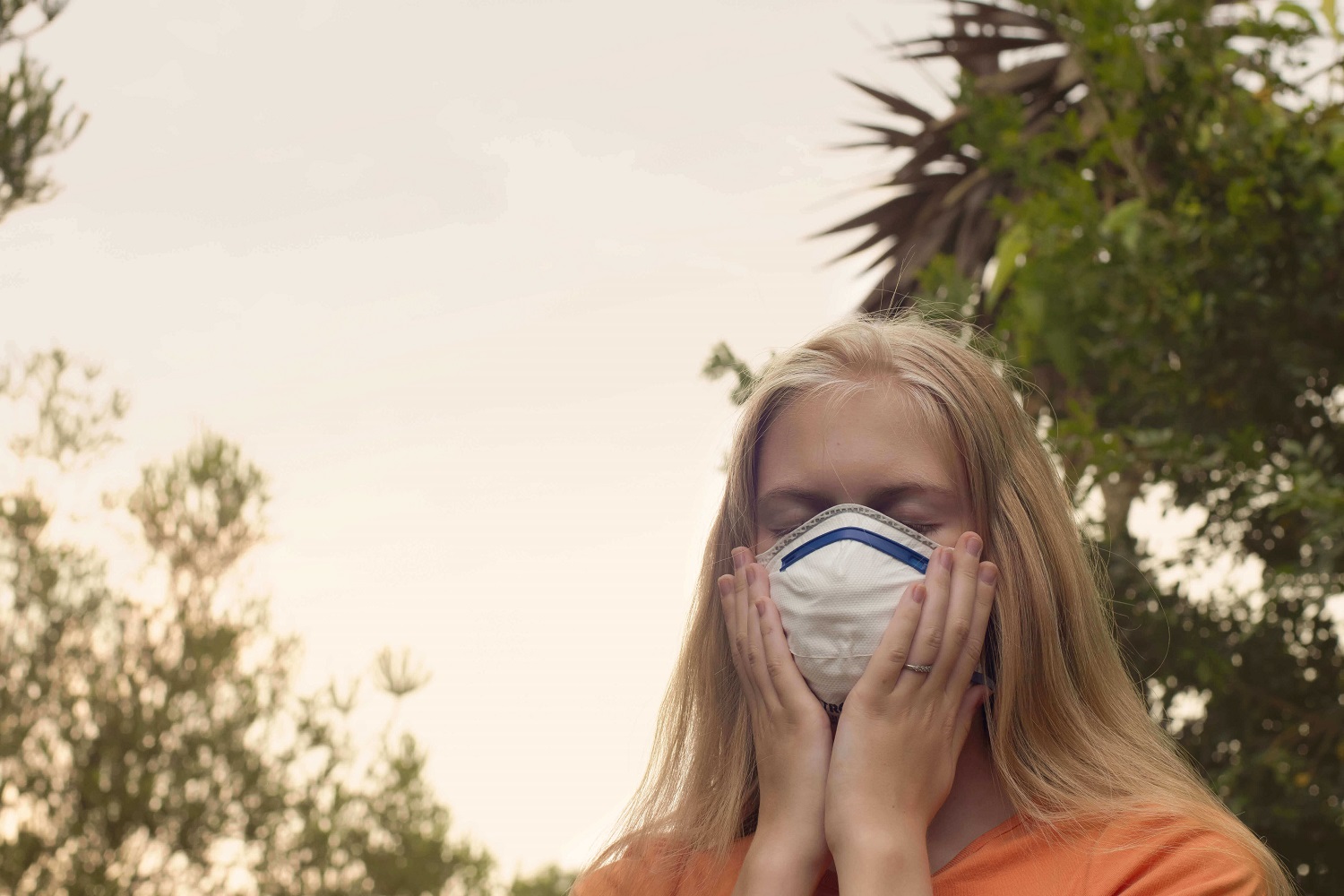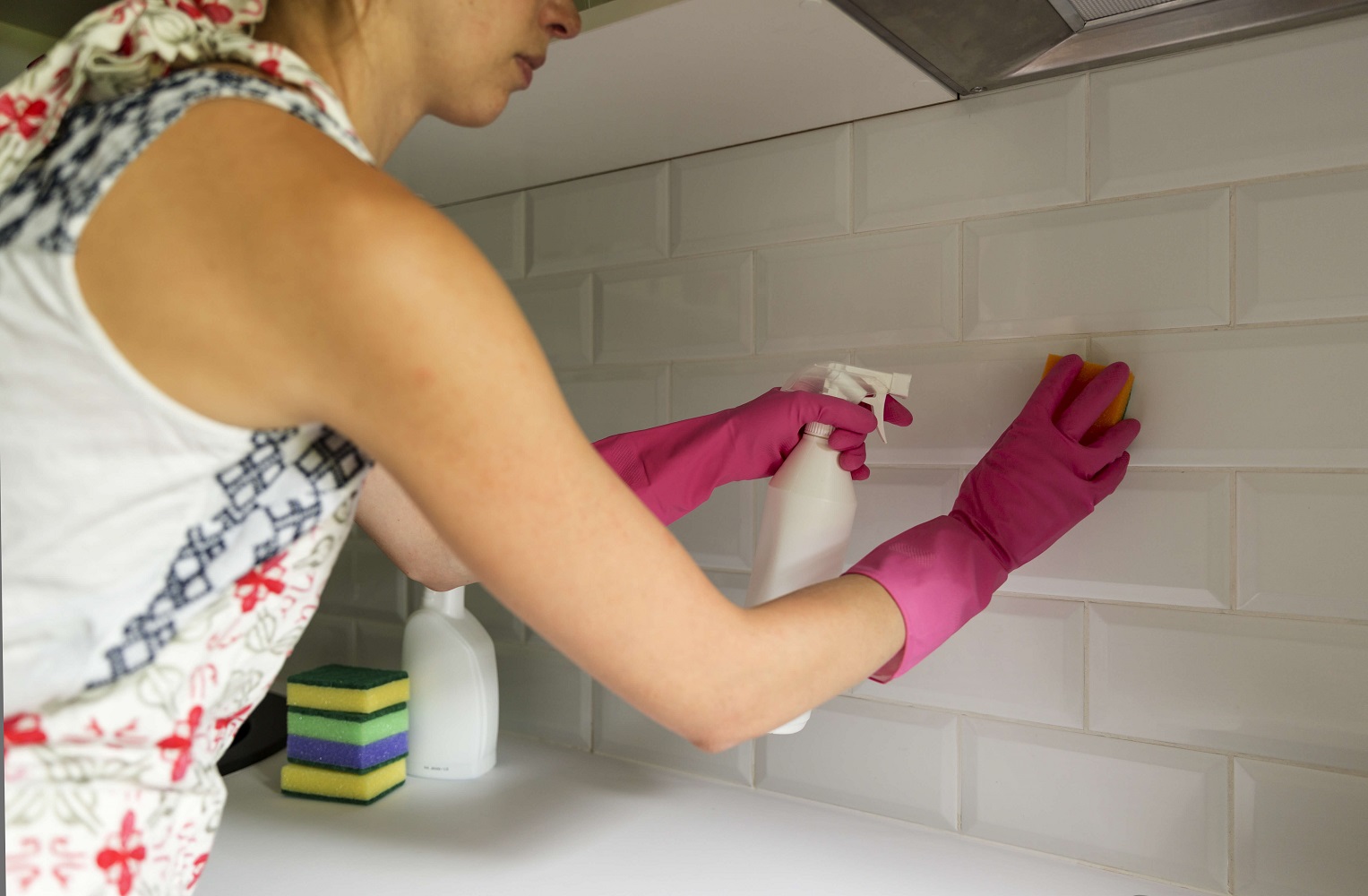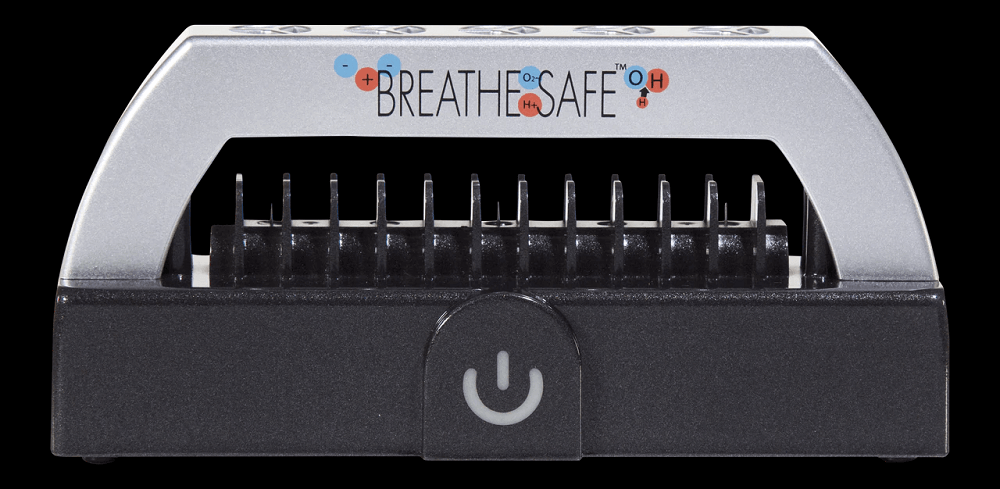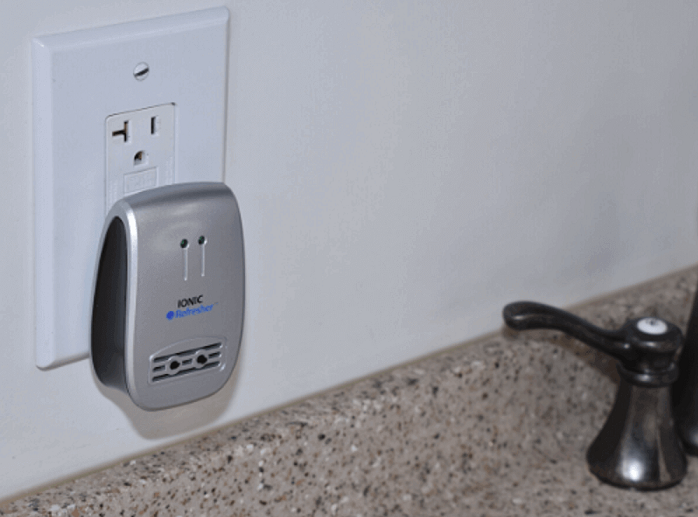The Importance of Clean Air
Posted by Eileen Durfee on 21st Jan 2020
Though no global standard exists for clean air, its importance is paramount.
Since the inception of the Clean Air Act in 1970, air pollution levels across the United States have lowered a substantial degree. From 1970 to 2017, aggregate national emissions of the six common pollutants dropped an average of 73%.
Still, the U.S. Environmental Protection Agency (EPA) estimates that there are 120 million people in the country still living in areas that fail to meet national clean air standards.
Even in locations where those pollution levels are lowest, sustained exposure over a long period of time can pose serious health risks, ranging from decreased lung function to upper respiratory disease.
To this end, innovative products are emerging that can help consumers around the world keep their air as pure and clean as possible. Read on to learn more about these solutions and the benefits they provide.
Health Education and Outdoor Pollution
There are myriad models in place, including the EPA's Air, Climate, and Energy research program, that strive to improve public knowledge on the importance of clean air. Still, the impetus is to ensure that this innovation and development benefit even the most vulnerable populations.
These include the nation's youngest and oldest citizens, as well as ones who already have a heightened risk of experiencing damaging health effects from pollution due to diabetes, weakened cardiovascular systems, and other conditions.
This has led to various Agency-sponsored initiatives centered on environmental health education. One such program is Healthy Heart.
This educational outreach program is designed to spur conversation between healthcare providers and patients suffering from heart disease. Speakers work to educate both parties on how to reference their local Air Quality Index (AQI) and EnviroFlash websites to discern the quality of the air they're breathing. With this knowledge, they can be more selective about the outdoor activities they choose to participate in on any given day.
While these efforts can make the general public more aware of the dangers of outdoor air pollutants, what about indoor varieties?
The Truth About Indoor Air
The EPA maintains that the levels of indoor air pollutants exceed those outdoors by two to five times. In some cases, it can be 100 times more contaminated.
There are multiple, ongoing issues that contribute to this growing concern. One of these is the rise of the energy-efficient construction sector.
Though the use of eco-friendly and sustainable building materials is a stride in the right direction, the approach has yet to be perfected.
Specifically, many of these structures continue to lack adequate mechanical ventilation. This makes adequate air exchange a challenge. At the same time, the use of synthetic building materials, glues, adhesives, and sealers during construction continues to heighten.
Over time, both indoor and outdoor sources can contaminate indoor air.
Indoor sources, located within the buildings themselves, include combustion sources (tobacco, wood, coal), household products (cleaners, paints, insecticides) and natural substances (radon, pet dander, mold).
Even products that are purchased and used in an attempt to make the air cleaner, such as Glade plug-ins with scented oils, only introduce more chemicals into the air. A test performed by the EPA in 1991 found many fragrance chemicals contained in these kinds of air purifiers to be toxic, including acetone, benzaldehyde, benzyl acetate, benzyl alcohol, camphor, ethanol, ethyl acetate, limonene, linalool, and methylene chloride. Glade air fresheners, in particular, can contain ingredients such as Paraffin and Butylated Hydroxyanisole, which can be found on the Health and Human Services' list of Human Carcinogens.
Outdoor sources can enter buildings through open windows, doors, ventilation systems, and structural cracks. These can include chimney smoke, volatile organic chemicals and compounds (VOCs) from groundwater or soil, and debris that clings to clothing and shoes.
Health Risks of Indoor Air Exposure
The health risks of breathing contaminated indoor air are prevalent and obvious. Still, Americans continue to spend approximately 90% of their time inside their homes and offices, where they're exposed to these dangers on a regular basis.
The World Health Organization (WHO) estimates that 4.3 million people around the world die every year following exposure to household air pollutants. Of this number, a majority (34%) perish from a stroke.
Other health issues catalyzed by indoor pollutants include ischaemic heart disease (attributing to 26% of deaths) and chronic obstructive pulmonary disease (22%).
While the very young and very old are most vulnerable to outdoor air pollutants, household air pollution tends to wreak the most havoc on women and children. Globally, these two groups tend to spend the most time in domestic areas.
In fact, the same data reveals that 50% of pneumonia deaths among children five years old or younger are attributed to indoor contaminants.
Over time, researchers have strived to link certain adverse health effects to certain indoor air contaminants or conditions. For instance, instances of Legionnaires' disease have been associated with poorly maintained HVAC systems. Radon exposure is known to be the second-leading cause of lung cancer.
Yet, there remains work to be done as scientific understanding around indoor air quality issues continues to evolve.
Air Purification and Innovation
Education around air quality issues is an excellent first step. However, until there are tangible ways for consumers to physically alter the air around them, this knowledge cannot reach its full potential.
Instead of introducing more chemicals into the air with commercial air purifiers, how about removing the harmful components?
What's needed are innovative solutions that leverage the best of technology and the brightest scientific minds. New products, designed for at-home use, are emerging that could revolutionize the way you approach, treat, and maintain your indoor air.
Breathe Safe
For more than a century, scientists have lauded the ability of negative ions to freshen indoor air and reduce particulate matter (PM) concentrations. Moreover, they can also enrich oxygen content and relieve the symptoms of allergies triggered by dust, mold, and other indoor contaminants.
While modern technology has yet to embrace this concept in full, one company is harnessing the incredible power of negative ions to drastically improve indoor air quality, one installation at a time.
Creatrix Solutions, a top innovator in the health, wellness, and detox product space, released the Breathe Safe in September 2015. This is a portable and compact personal air purification system that generates millions of negative ions, balanced by a small number of positive ions, as soon as it's connected.
In as little as five minutes, the Breathe Safe also supplements surrounding indoor air with 70% to 118% more oxygen. The result is a purified space with reduced levels of VOCs, as well as lower numbers of particulates, dust mites, spores, and odors.
Customers who have purchased the product explain that it helps relieve seasonal allergies, helps prevent sore throats, and even leads to a more restful sleep.
For enhanced effects, the Breathe Safe can also be used safely in conjunction with the company's Sauna Fix, a Near Infrared (NIR) sauna solution. In fact, introducing negative ions into a home sauna session can enhance the benefits of NIR therapy by up to 300%. Not to mention cleaning up the toxic humidified sauna sweat that normally gets inhaled during the sauna session.
The Power of Negative Ions
Particulate matter (PM) includes a combination of solid particles and liquid droplets. While some, including those derived from dust or smoke, are large enough to be noticeable, others are so small that that detection requires an electron microscope.
Both kinds are present within indoor air, and both can cause serious health problems if inhaled in large quantities. Particles smaller than 10 millimeters can travel deep into your lungs, while others can enter your bloodstream.
When they're emitted into the air, negative ions attach themselves to these particulates and help eliminate their presence. As such, logic would maintain that negatively charged ions are most successful on their own. Yet, a slight ratio of five parts negative ions to one part positive ions is ideal.
This combination, known as plasma, helps keep the air purified, in addition to the surfaces within it. When placed near a standard office desk, which has 400 times more bacteria than the average toilet seat, the Breathe Safe air purifier successfully eliminated more than 46% of bacteria and more than 99% of particulates.
Ionic Refresher
Another air purifier by Creatrix Solutions, the Ionic Refresher also leverages the power of negative ions to cleanse the surrounding air.
Designed to produce more than 32,000 negative ions per cubic meter, it can sterilize up to 90% of the surrounding air in 24 hours. Two innovative carbon fiber tips are affixed to the purifier, which serves to increase it's antimicrobial and sterilizing power. It makes the device even more powerful than other machines without this unique feature.
The Ionic Refresher works to remove harmful substances from the air, rather than adding in even more toxins the way competitor air fresheners do. This machine effectively removes 94.6% formaldehyde, 94% smoke, 90% bacteria, 91.8% benzene, 90.9% VOCs, and 86.9% ammonia.
Though it runs continuously, the device runs silently and is ideal for any space. It is recommended that you keep one of these plugin devices in every room possible to continuously clean the air you breathe.
The Ionic Refresher is sold individually or in a 12 pack for a discounted rate. For the price of a high-quality room air purifier, the plugin Ionic Refresher can be installed in every room as a more affordable whole-house air purification solution.
Embracing Clean Air Technologies
As scientists continue to discover more issues concerning indoor air quality and particulate matter, there's never been a more relevant time to embrace modern air purification technologies. Stop adding more chemicals into the air with scented oils and toxic air fresheners, and consider a product that actually cleans the air and eliminates dangerous components.
The Breathe Safe and Ionic Refresher by Creatrix Solutions are two of the products leading the game, encouraging a new generation of homeowners and business leaders alike to strive for clean air conditions.
Moving forward, there remains a need for further research centered on air quality control and the ways that manufacturers can use technology to eliminate known airborne contaminants.
Staying informed on new product releases and diving into the most recent literature on the topic can keep concerned populations as up-to-date as possible. To learn more about how modern manufacturers are prioritizing air quality improvements, continue to explore the rest of our website.





